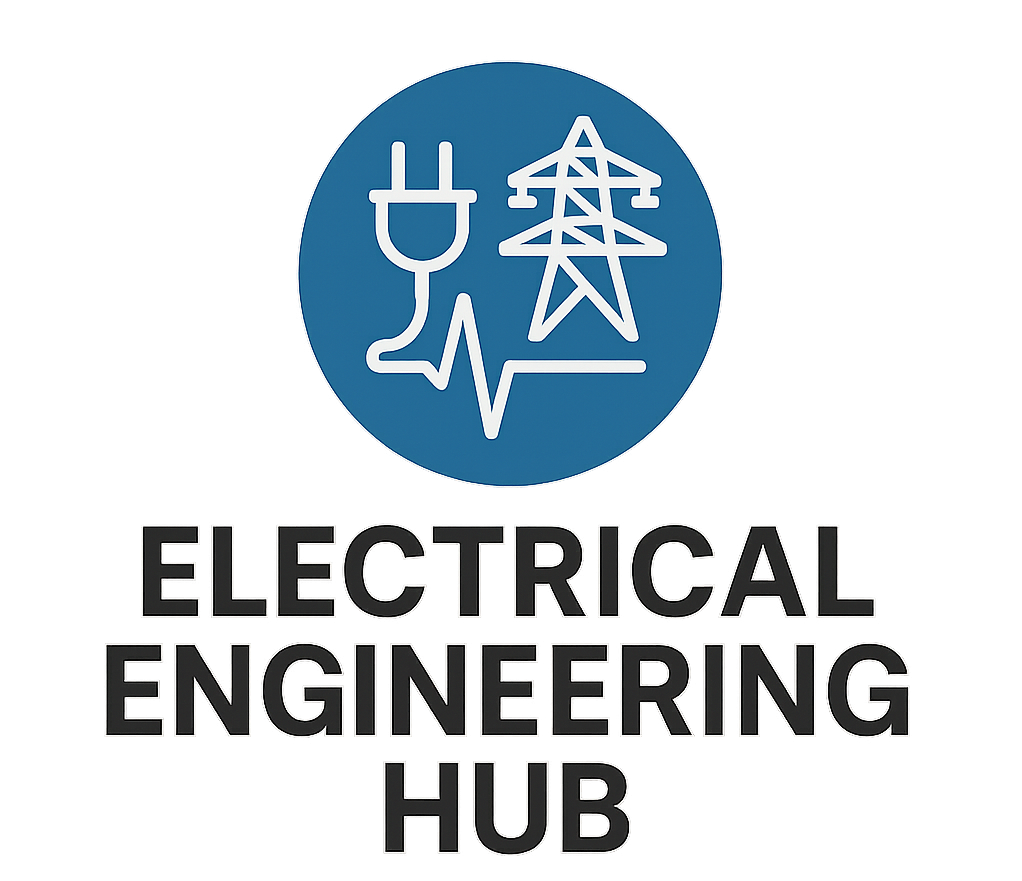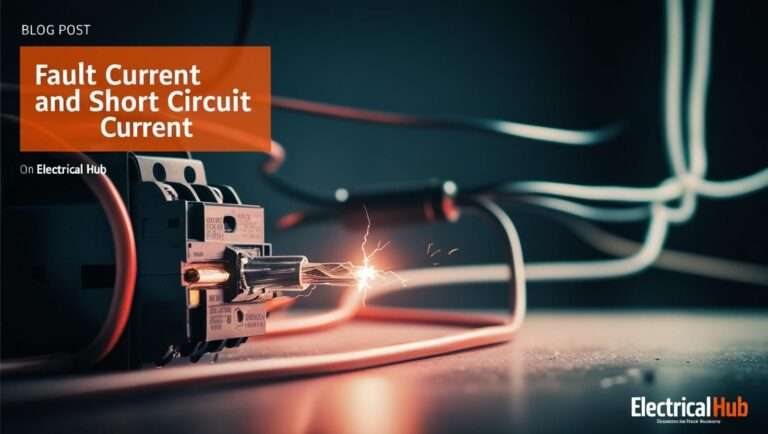Excitation Control System: Regulating Field Current for Stable Generator Performance
The excitation control system is a crucial component in power generation that ensures the proper control and regulation of the generator’s field current. It plays a vital role in maintaining the generator’s terminal voltage within acceptable limits, supporting reactive power flow, and ensuring stable and synchronized operation.
Read More

Let’s delve into the excitation control system in detail:
Importance of the Excitation Control System: The excitation control system is a critical part of power generation that directly influences the output voltage and stability of the generator. It enables operators to adjust the field current, which, in turn, controls the level of magnetic flux in the generator’s rotor.
By regulating the magnetic flux, the excitation system ensures that the generator produces the desired voltage, maintains grid frequency, and supports reactive power flow.
Components of the Excitation Control System:
The key components of the excitation control system include:
Voltage Regulator: The voltage regulator is the core of the excitation system. It continuously monitors the generator’s output voltage and compares it to the setpoint. Based on the comparison, the voltage regulator sends control signals to adjust the field current and maintain the desired voltage level.
Excitation System: The excitation system comprises various devices that generate the field current and supply it to the generator’s rotor winding. The excitation system may include an exciter, an automatic voltage regulator (AVR), or a static excitation system with solid-state devices like thyristors or silicon-controlled rectifiers (SCRs).
Sensors and Feedback Devices: These devices provide real-time information about the generator’s voltage, current, and frequency. The data from sensors and feedback devices is crucial for the voltage regulator to make precise adjustments to the field current.
Control Modes of the Excitation Control System: The excitation system can operate in different control modes, depending on the power plant’s requirements and grid conditions. Some common control modes are:
Automatic Voltage Control: In this mode, the voltage regulator continuously adjusts the field current to maintain a constant output voltage. The voltage regulator compares the actual voltage with the setpoint and modulates the field current accordingly.
Reactive Power Control: Some excitation control systems are equipped with reactive power control capabilities. The system adjusts the field current to control the generator’s reactive power output, helping to maintain the power factor and support grid stability.
Protective Features of the Excitation Control System: The excitation system includes protective features to prevent generator damage and ensure safe operation. Over-excitation protection is an essential element of the system, which prevents excessive field current that could lead to overheating or instability.
Integration with Power Plant Automation: The excitation system can be seamlessly integrated with power plant automation and control systems. It allows for efficient monitoring and coordination with other plant components, enhancing overall plant performance and control.
Excitation Control System Testing and Maintenance: Regular testing and maintenance are critical to ensure the excitation system’s reliability and performance. Periodic inspections, calibration checks, and functional tests help detect potential issues and ensure optimal functioning.
Excitation Control System for Different Generator Types
The excitation control system is used in various generator types, including synchronous generators in thermal power plants, hydroelectric power plants, and other power generation facilities. The excitation system’s configuration and complexity may vary depending on the generator size, power output, and specific requirements.
Excitation Control System for Grid Stability: The excitation system plays a significant role in grid stability. It ensures that the generator’s voltage and frequency remain within acceptable limits, which is crucial for maintaining grid synchronization and preventing cascading failures.
Excitation Control System Upgrades and Advancements: With advancements in control and automation technology, modern excitation control systems have become more sophisticated and efficient. Digital control and communication interfaces enable better tuning, faster response times, and enhanced performance.
In conclusion, the excitation control system is a vital element in power generation, responsible for regulating the generator’s field current to ensure stable and synchronized operation. By maintaining the generator’s terminal voltage and supporting reactive power flow, the excitation system contributes to the overall stability and reliability of the power grid.
Regular testing, maintenance, and integration with power plant automation are essential to ensure the excitation control system’s optimal performance and safe operation.
Related Posts:
- Excitation Systems: Components & 4 Important Methods
- Automatic Stator Winding Machine: Best Guide
- Induction Motor: Important Types, Construction & Working
- What is Demand Factor and Diversity Factor? Quick Concepts
- Power Triangle: Best Applications You Need to Know
- Calculate Power Factor and Best way to improve Power Factor
Follow Us on Social:
Subscribe our Newsletter on Electrical Insights for latest updates from Electrical Engineering Hub
#ExcitationControlSystem, #PowerGeneration, #ElectricityGeneration, #ExcitationSystem, #PowerSystems, #VoltageRegulation, #GridStability, #PowerGridManagement, #RenewableEnergy, #AutomationInPower, #EnergyManagement, #ElectricalEngineering, #PowerTech, #SystemStability, #ElectricalControl





